In fact, sprouting increases the availability of nutrients like vitamin B, vitamin C, while keeping the many health benefits of lentils, including their rich fibre content as well as carbohydrates, potassium, and carotene.
Sprouted lentils are a great addition to any salad or sandwich for their nutty flavour and crunchy texture (scroll down for the Sprouted Lentil, Fennel and Blood Orange Salad). Or use them in stir fries or as a garnish on soups.
Which lentils can you use?
Green, black or Puy lentils are most commonly used to make sprouts. You can even sprout chickpeas and mung beans. Avoid split lentils or any ones with their skin removed, like red lentils.
Storage
You can store sprouted lentils in an airtight container in the fridge for 7 days.
makes 200g sprouts
Ingredients
-
100g lentils (green, brown or Puy)
Method
Tip the lentils into a mason jar large enough for them to quadruple (I used a 1l Kilner jar), then add roughly 500 ml water. Cover the jar with a cheesecloth and leave the lentils to soak overnight (or up to 16 hours).
The next day, drain the lentils and return them to the jar. Cover it again with the cheesecloth and place the jar upside down in a bowl at an angle to let the moisture drain while allowing air circulation. Leave for another 12 hours.
Tip the lentils into a sieve and rinse thoroughly. Then return them to the jar, cover again with the cloth and leave for another 12 hours. Repeat this twice a day (or every 12 hours) for 2-3 days until they have quadrupled in volume, grown greenish tops and have a pleasant flavour.
Transfer the sprouts to a kitchen towel and dab them as dry as possible. Then use immediately or keep for up to 7 days in an airtight container in the fridge. Use in salads (see below for a recipe), stir-fries and soups or on sandwiches.
Sprouted Lentil, Fennel and Blood Orange Salad
serves 4
Ingredients
-
1 tbsp cumin seeds
-
1 fennel bulb (400g)
-
250g radishes
-
80g parsley
-
50g mint
-
200g sprouted lentils
-
3 blood oranges
-
1 garlic clove
-
2 tsp Dijon mustard
-
8 tbsp extra virgin olive oil
-
sourdough bread for serving
Method
Toast the cumin seeds in a pan for a minute or two until they smell aromatic. Set aside.
Trim the fennel (reserve any fennel tops) and use a mandolin or sharp knife to cut it into thin slivers. Transfer to a bowl, sprinkle with 1/4 tsp salt and massage a little to let it soften slightly. Thinly slice the radishes and add to the bowl with the fennel. Pick the parsley and mint leaves and add to the bowl along with the sprouted lentils and toasted cumin seeds. Peel two of the blood oranges, divide into segments (you can also segment them with a knife to remove the membrane, for a nicer look) and add to the bowl as well.
For the dressing, squeeze the juice of the remaining orange into a glass. Grate in the garlic, add the mustard, olive oil and 1 1/2 tsp salt. Then stir to combine and pour over the ingredients in the bowl. Gently mix with your hands to coat everything evenly, then divide over plates along with the fennel tops and serve with sourdough bread.
Tip: If you’re planning to have leftovers, don’t mix in all of the dressing, but keep the desired amount of raw salad and dressing separate in the fridge for the next day.
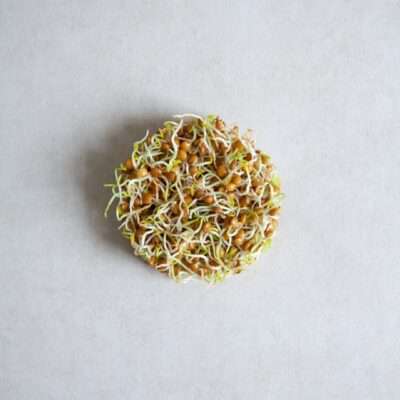
Sprouted Lentils
Ingredients
- 100 g lentils green, brown or Puy
Sprouted Lentil, Fennel and Blood Orange Salad
- 1 tbsp cumin seeds
- 1 fennel bulb 400g
- 250 g radishes
- 80 g parsley
- 50 g mint
- 200 g sprouted lentils
- 3 blood oranges
- 1 garlic clove
- 2 tsp dijon mustard
- 8 tbsp extra virgin olive oil
- sourdough bread for serving
Instructions
- Tip the lentils into a mason jar large enough for them to quadruple (I used a 1l Kilner jar), then add roughly 500 ml water. Cover the jar with a cheesecloth and leave the lentils to soak overnight (or up to 16 hours).
- The next day, drain the lentils and return them to the jar. Cover it again with the cheesecloth and place the jar upside down in a bowl at an angle to let the moisture drain while allowing air circulation. Leave for another 12 hours.
- Tip the lentils into a sieve and rinse thoroughly. Then return them to the jar, cover again with the cloth and leave for another 12 hours. Repeat this twice a day (or every 12 hours) for 2-3 days until they have quadrupled in volume, grown greenish tops and have a pleasant flavour.
- Transfer the sprouts to a kitchen towel and dab them as dry as possible. Then use immediately or keep for up to 7 days in an airtight container in the fridge. Use in salads (see below for a recipe), stir-fries and soups or on sandwiches.
Sprouted Lentil, Fennel and Blood Orange Salad
- Toast the cumin seeds in a pan for a minute or two until they smell aromatic. Set aside.
- Trim the fennel (reserve any fennel tops) and use a mandolin or sharp knife to cut it into thin slivers. Transfer to a bowl, sprinkle with 1/4 tsp salt and massage a little to let it soften slightly. Thinly slice the radishes and add to the bowl with the fennel. Pick the parsley and mint leaves and add to the bowl along with the sprouted lentils and toasted cumin seeds. Peel two of the blood oranges, divide into segments (you can also segment them with a knife to remove the membrane, for a nicer look) and add to the bowl as well.
- For the dressing, squeeze the juice of the remaining orange into a glass. Grate in the garlic, add the mustard, olive oil and 1 1/2 tsp salt. Then stir to combine and pour over the ingredients in the bowl. Gently mix with your hands to coat everything evenly, then divide over plates along with the fennel tops and serve with sourdough bread.
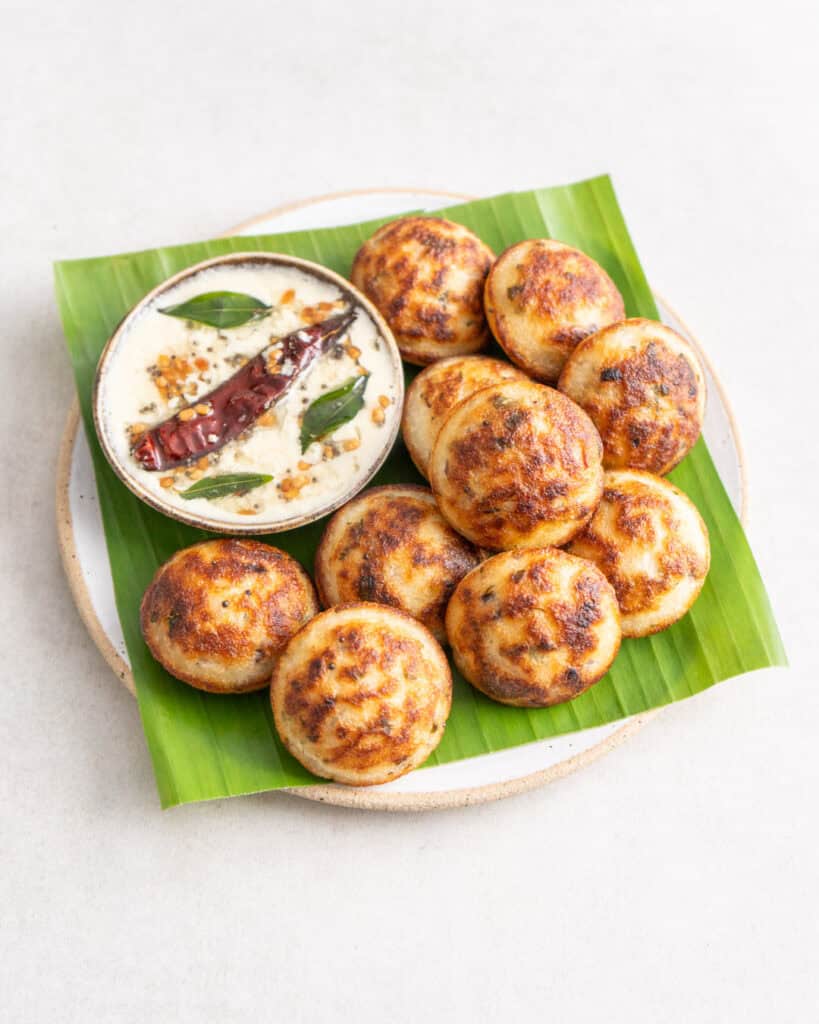


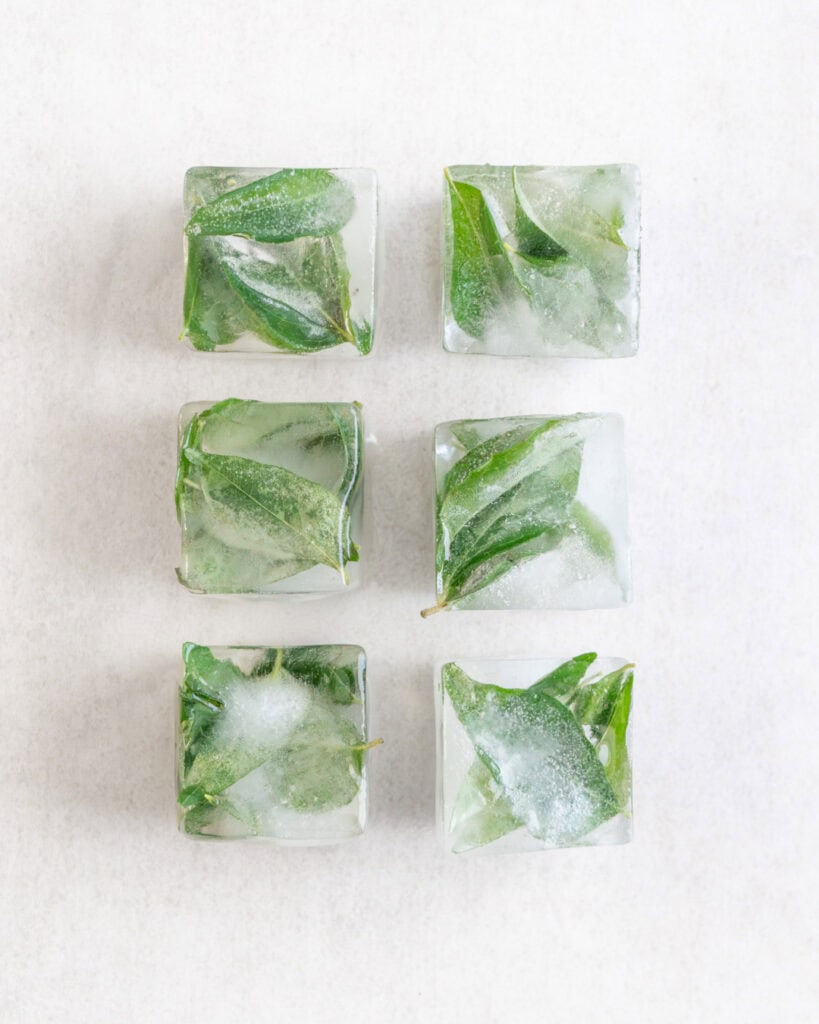
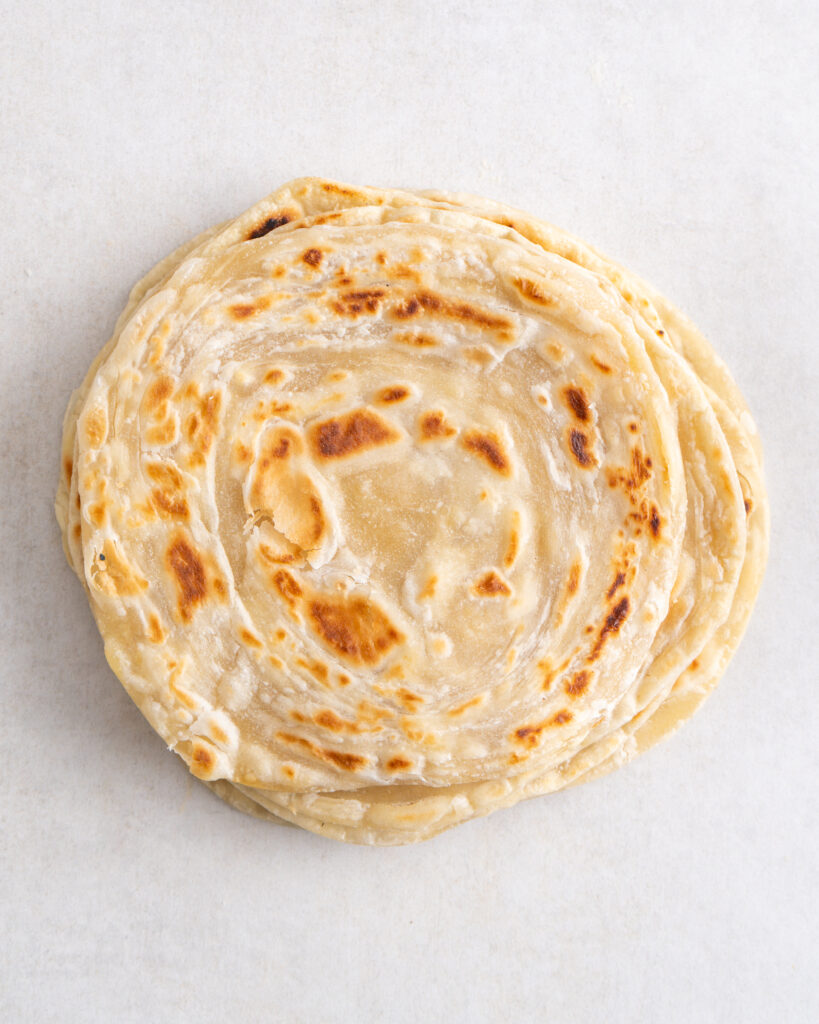
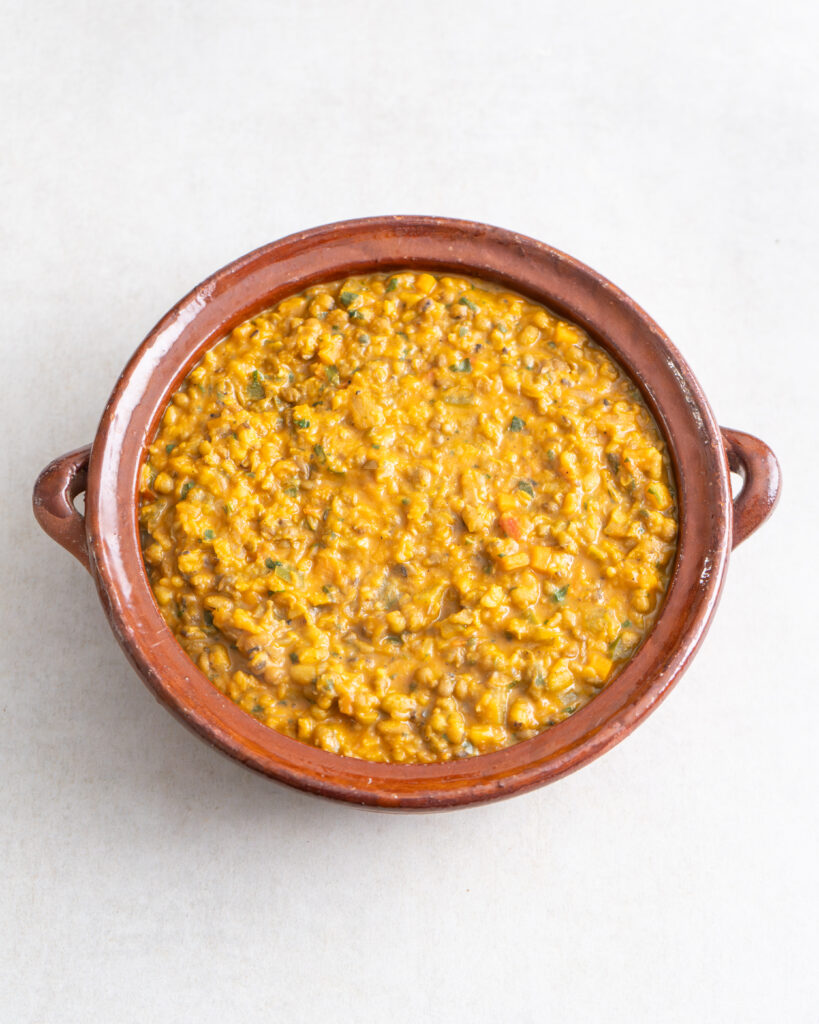
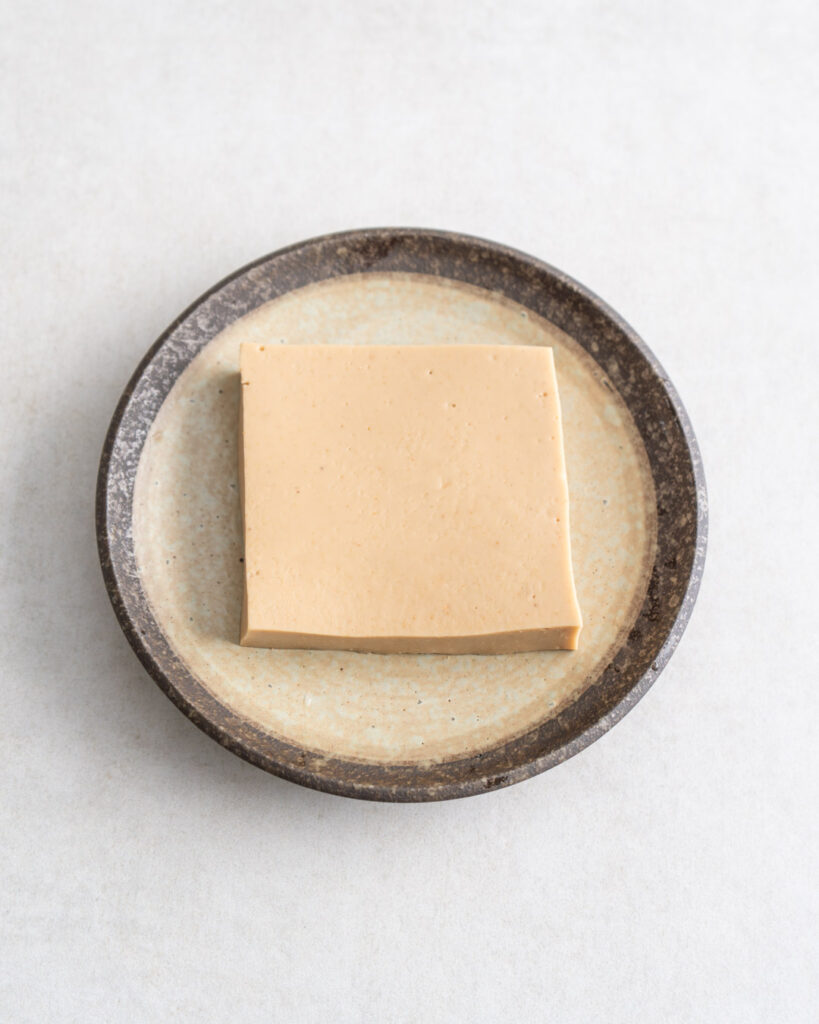
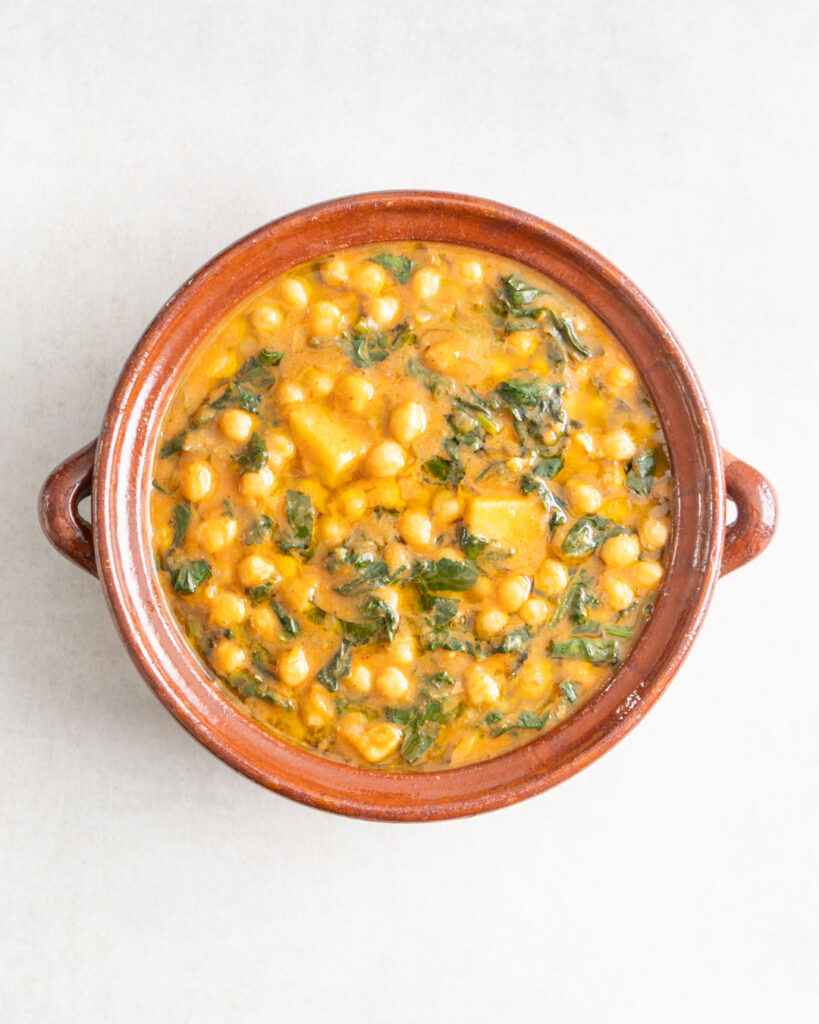
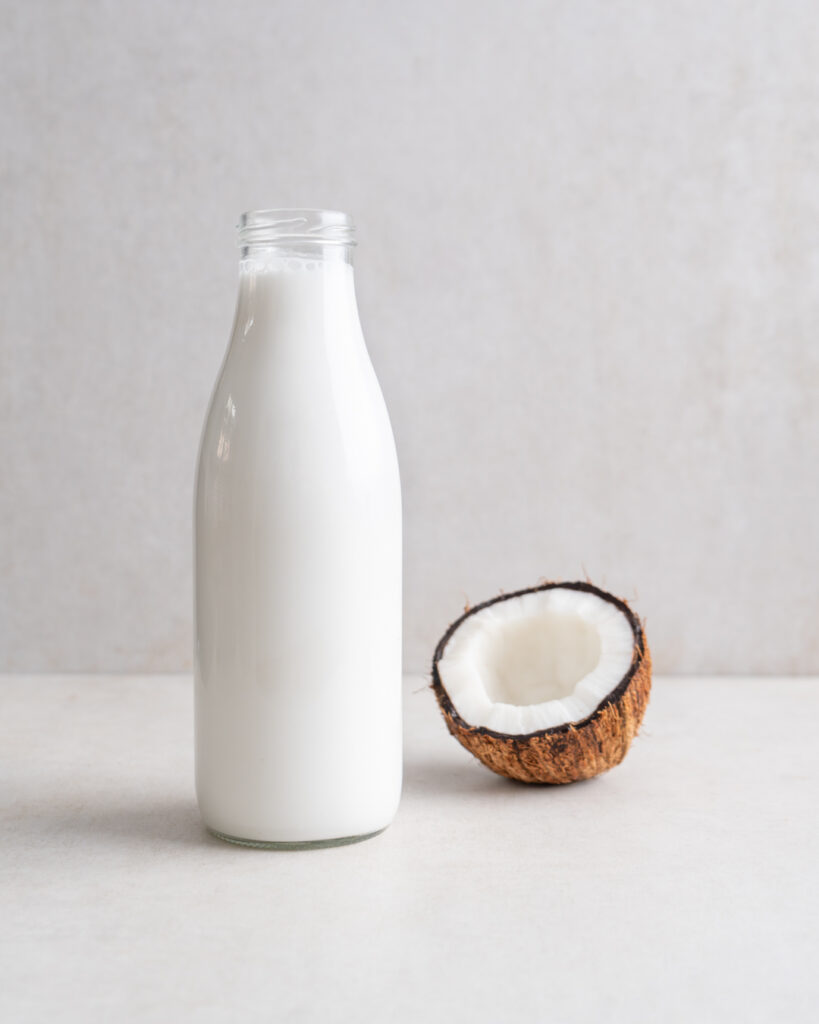
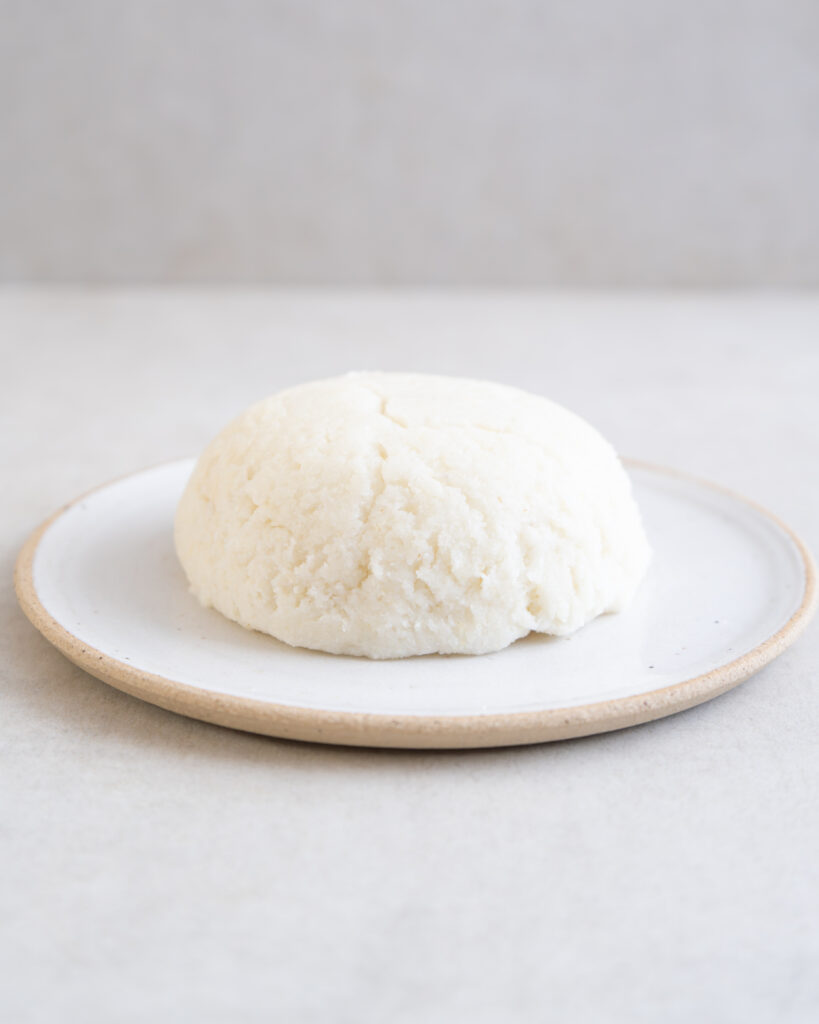

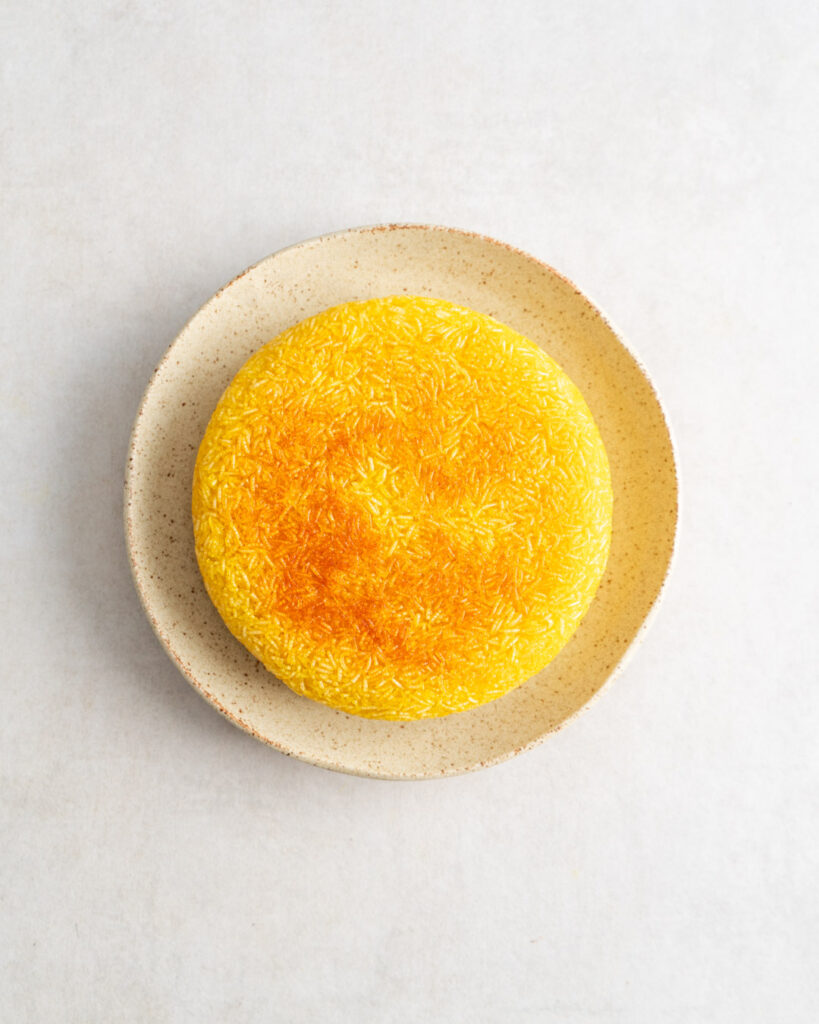



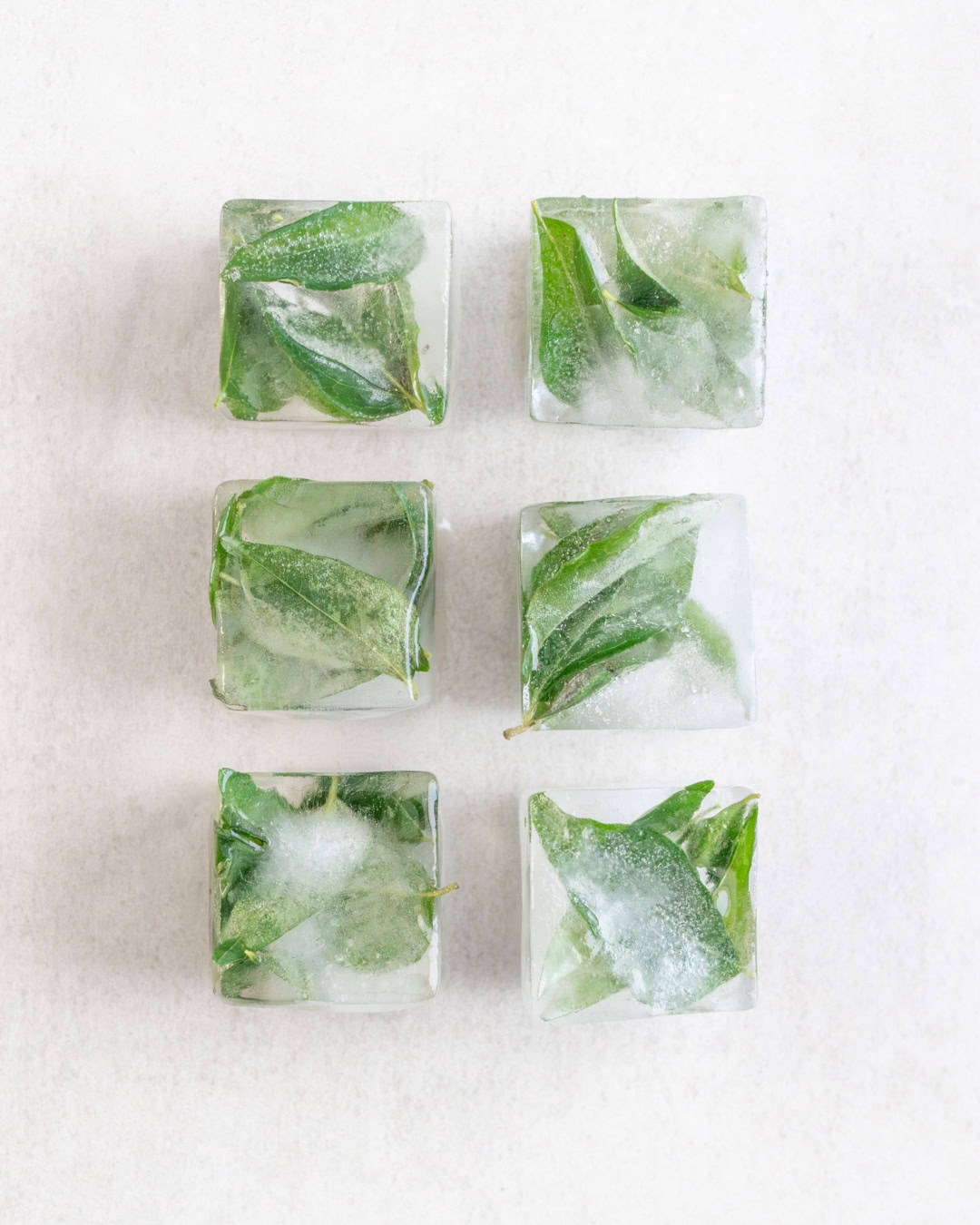








0 Comments